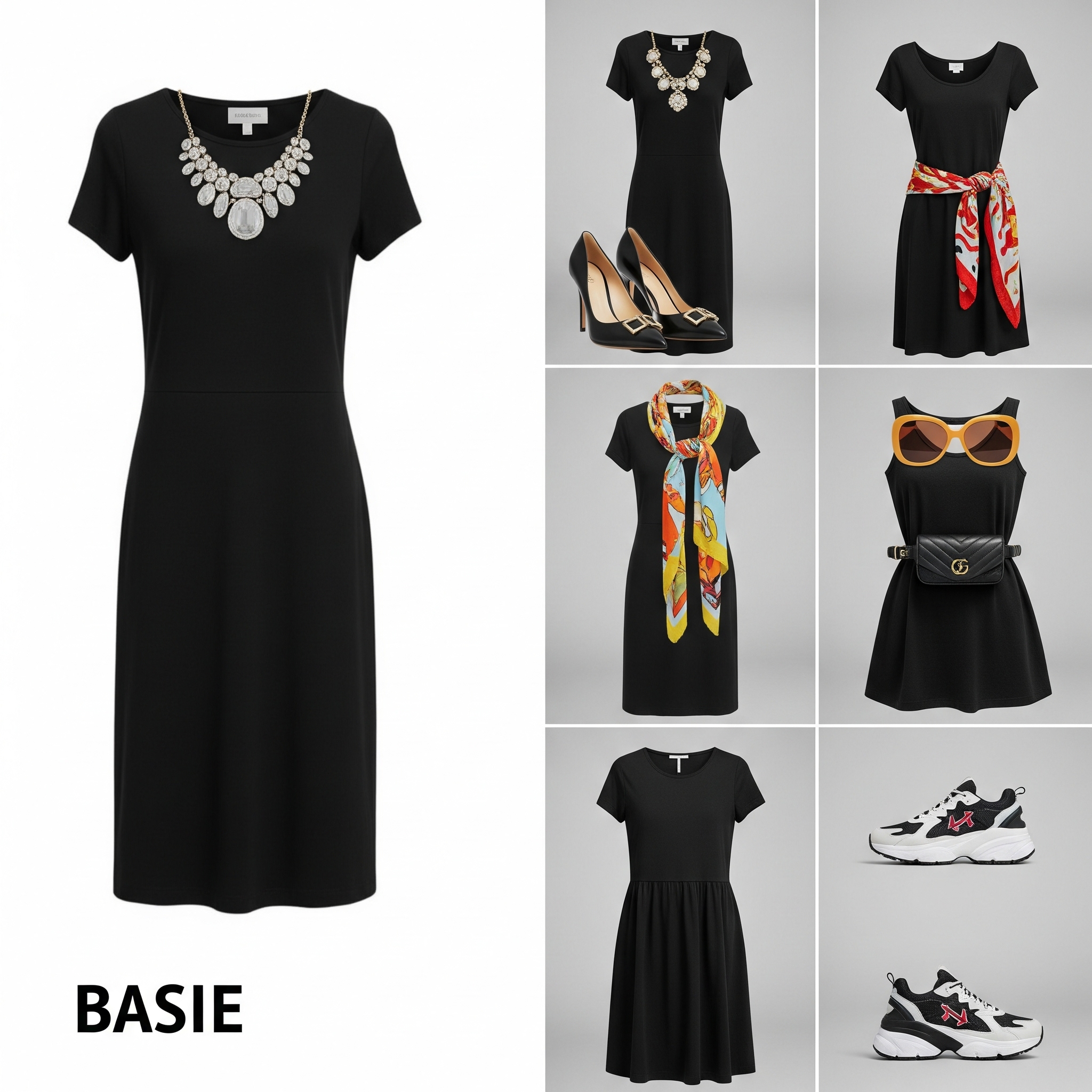
Accessories are often considered the finishing touches to an outfit, but their role in fashion extends far beyond mere embellishment. From their practical origins to their current status as powerful style statements, accessories have the ability to transform a look, express personality, and even dictate the overall vibe of an ensemble. This article delves into the diverse world of accessories, exploring their historical functionality and their evolution into essential elements of personal style.
Historically, many accessories served primarily functional purposes. Belts were essential for securing garments, bags were necessary for carrying belongings, and hats provided protection from the elements. Jewelry often held symbolic or social significance, indicating status, affiliation, or personal milestones. Over time, as fashion evolved, these functional items began to incorporate aesthetic elements, gradually blurring the lines between practicality and ornamentation.
The 20th century witnessed a significant shift in the perception and importance of accessories. Designers and stylists recognized their potential to elevate and personalize outfits. Coco Chanel famously advocated for the strategic use of accessories to add flair and individuality to even the simplest of garments. The rise of consumer culture and mass production made a wider variety of accessories more accessible, allowing individuals to experiment and express their unique style through these smaller but impactful details.
Today, accessories encompass a vast array of items, each with its own potential to influence an outfit. Some key categories include:
- Jewelry: Necklaces, earrings, bracelets, rings, and brooches. Jewelry can range from delicate and subtle to bold and statement-making, adding sparkle, personality, and a touch of luxury.
- Bags: Handbags, clutches, totes, backpacks, and wallets. Beyond their functional purpose of carrying essentials, bags have become significant fashion statements, with designer bags often serving as status symbols.
- Shoes: Sneakers, heels, flats, boots, and sandals. Footwear can drastically alter the formality and overall mood of an outfit, from casual comfort to elegant sophistication.
- Scarves and Wraps: Silk scarves, wool wraps, and patterned bandanas. These versatile accessories can add color, texture, warmth, and a touch of personal flair, and can be styled in numerous ways.
- Belts: Leather belts, fabric belts, chain belts, and statement buckles. Belts not only cinch the waist and provide structure but also serve as a decorative element, adding definition and style.
- Hats and Headwear: Beanies, fedoras, baseball caps, headbands, and hair accessories. Headwear can offer protection from the elements, add a touch of personality, or complete a specific look.
- Eyewear: Sunglasses and optical glasses. Beyond their functional purposes, eyewear has become a significant fashion accessory, with different frame styles and colors allowing for personal expression.
- Gloves: Leather gloves, knit gloves, and dress gloves. Gloves can provide warmth, protection, or add a touch of elegance and sophistication to an outfit.
The power of accessories lies in their ability to:
- Transform Basic Outfits: Simple jeans and a t-shirt can look completely different with the addition of a statement necklace and stylish sneakers versus delicate jewelry and elegant flats.
- Express Personal Style: Accessories offer a way to showcase individuality and personality through chosen colors, textures, and designs.
- Add a Pop of Color or Pattern: Accessories can be a less daunting way to incorporate bolder colors or prints into an otherwise neutral outfit.
- Highlight Specific Features: A well-chosen necklace can draw attention to the neckline, while a statement belt can accentuate the waist.
- Adapt an Outfit for Different Occasions: The same dress can be dressed up or down simply by changing the accessories – heels and a clutch for an evening event, flats and a tote bag for a casual day out.
- Complete a Look: Accessories act as the finishing touches that tie an entire outfit together and create a cohesive and polished appearance.
Tips for Accessorizing Effectively:
- Start with the Outfit: Choose your clothing first and then select accessories that complement and enhance it.
- Consider the Occasion: The appropriateness of accessories can vary depending on the event or setting.
- Balance is Key: Avoid overwhelming your look with too many accessories. Sometimes less is more.
- Mix and Match Textures and Materials: Experiment with different textures and materials to add visual interest.
- Don’t Be Afraid to Make a Statement: A bold accessory can be a great conversation starter and a focal point of your outfit.
- Coordinate Colors (or Intentionally Clash): You can either match your accessories to your outfit or choose contrasting colors for a more daring look.
- Pay Attention to Proportion: The size and scale of your accessories should be balanced with your body size and the rest of your outfit.
- Invest in Versatile Pieces: Choose accessories that can be worn in multiple ways and with different outfits to maximize their value.
- Reflect Your Personal Style: Ultimately, the best accessories are those that you love and that express your unique personality.
Accessories are not merely afterthoughts in fashion; they are integral components that contribute significantly to the overall impact of an outfit. By understanding their power and learning how to use them effectively, you can elevate your style, express your individuality, and transform your wardrobe in countless ways. From functional necessities to powerful fashion statements, accessories are essential tools in the art of personal style.
